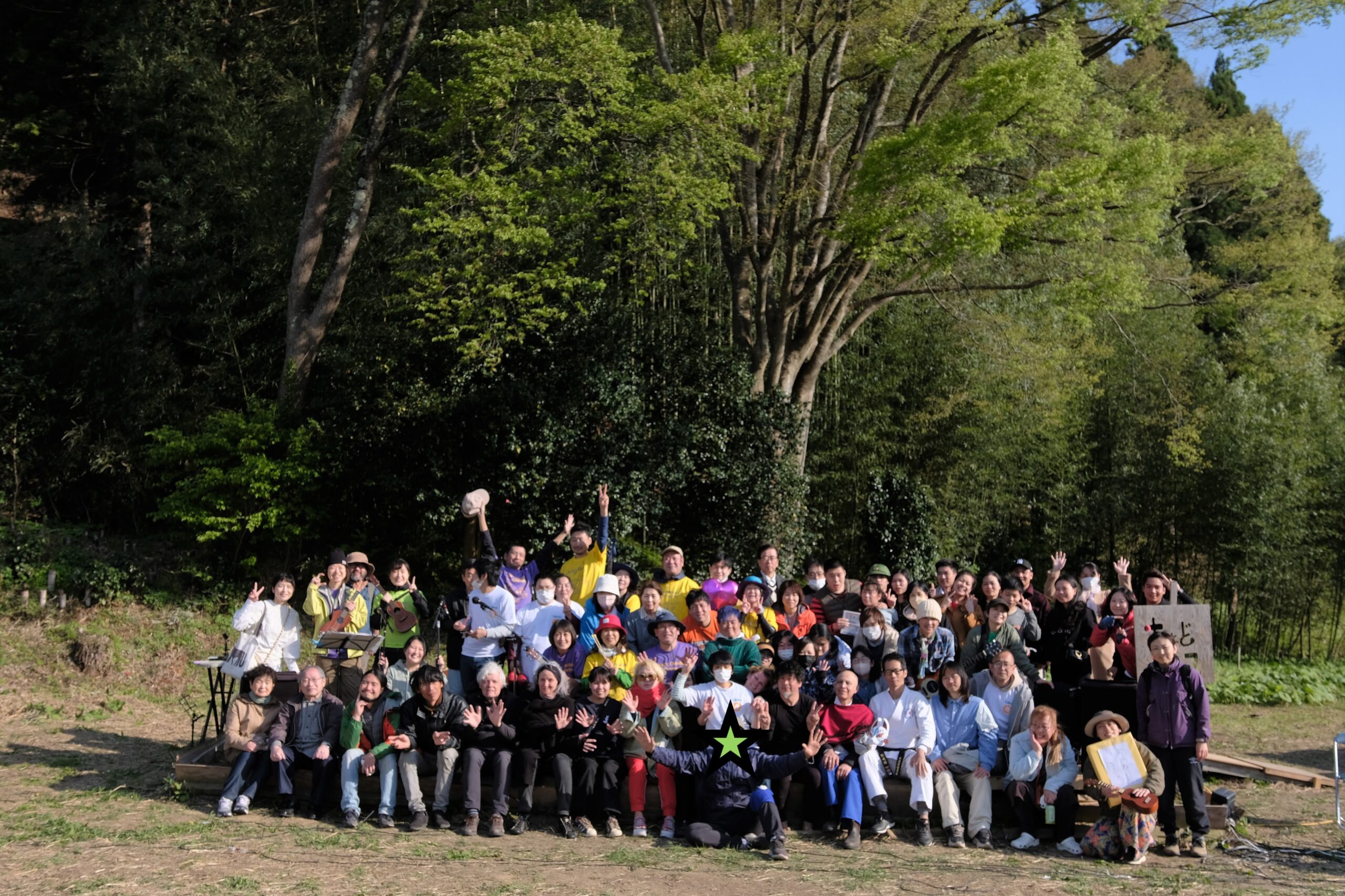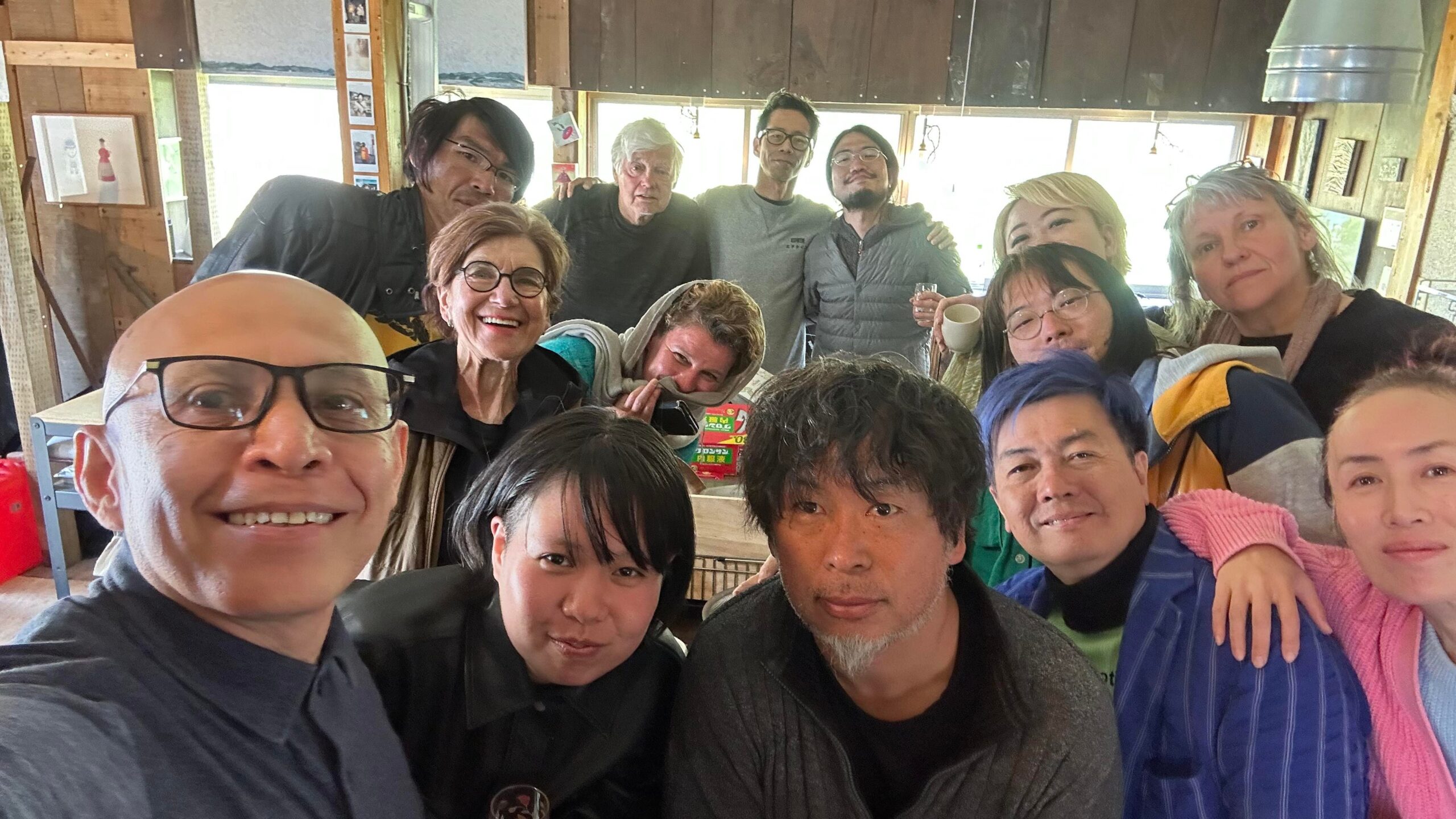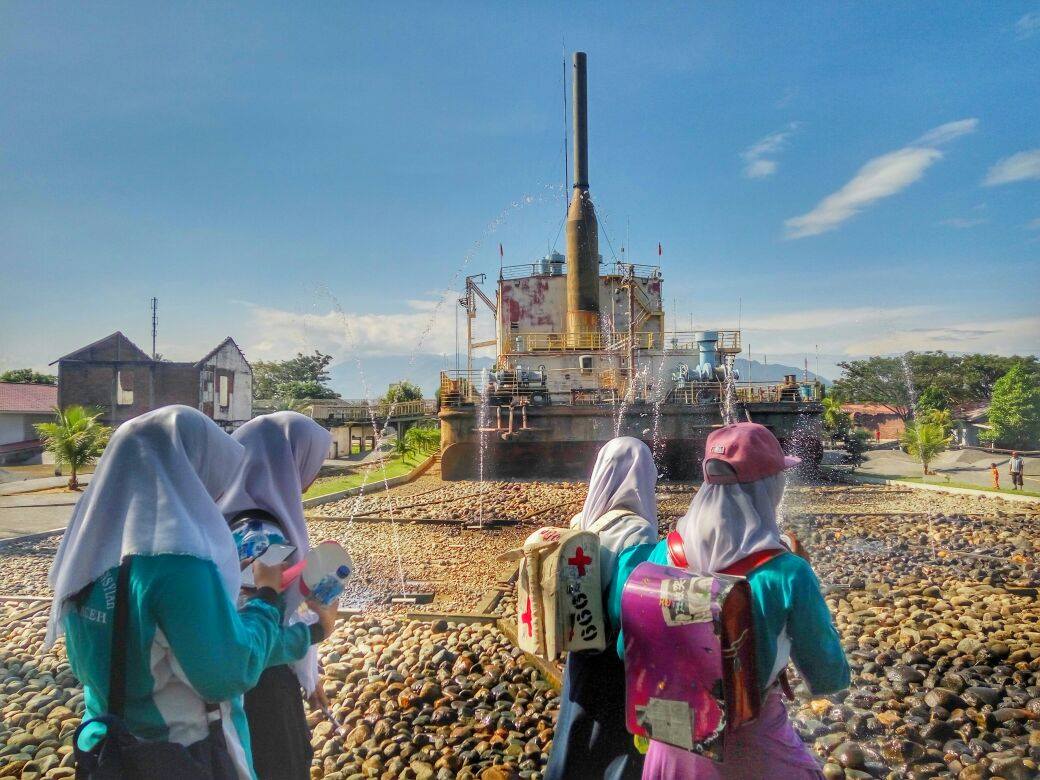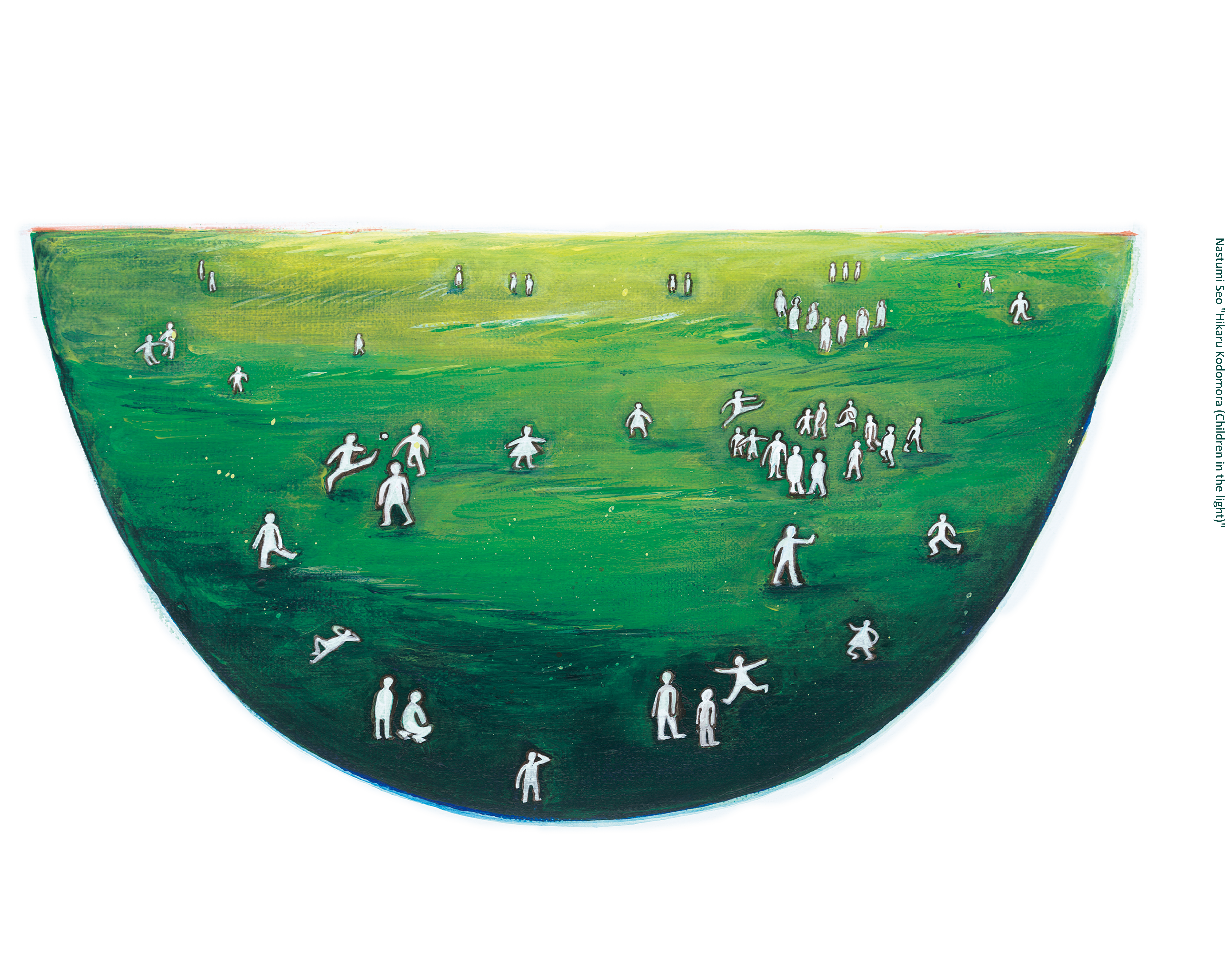Features

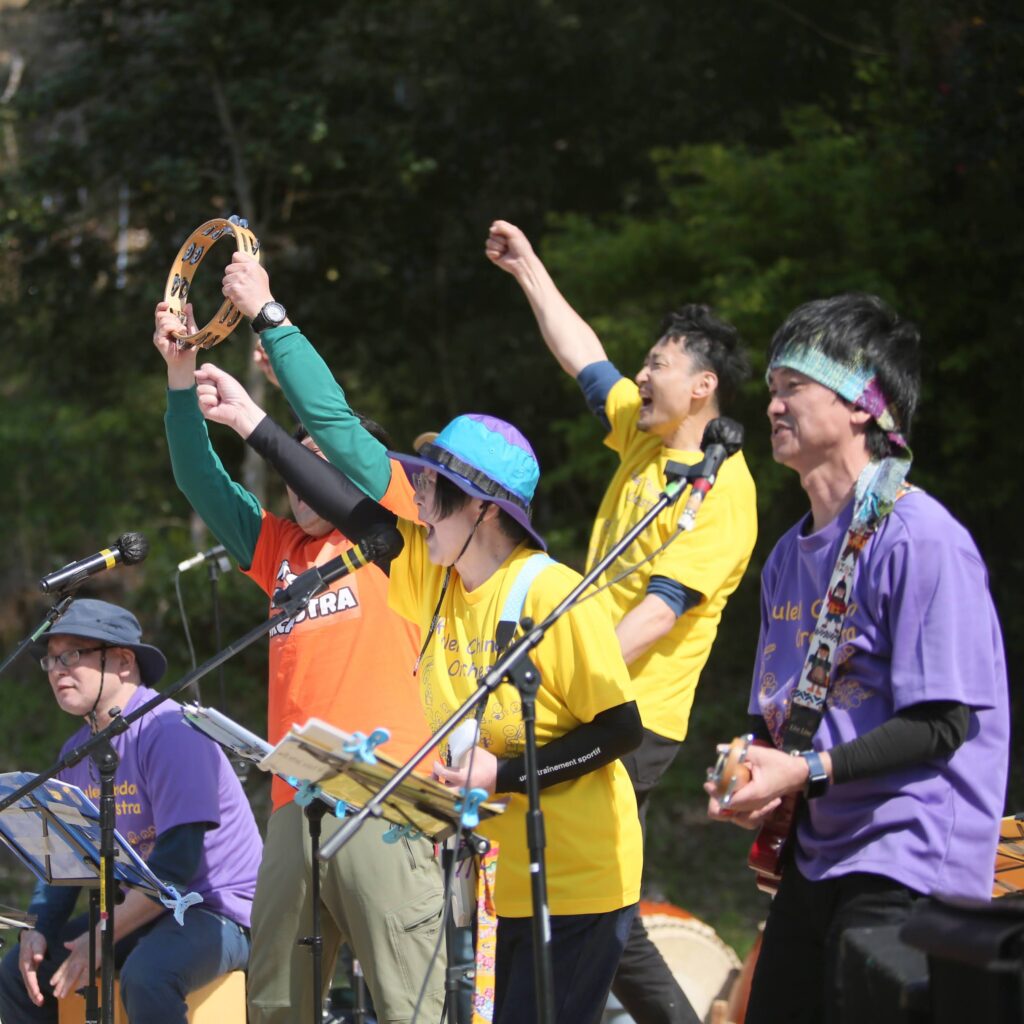

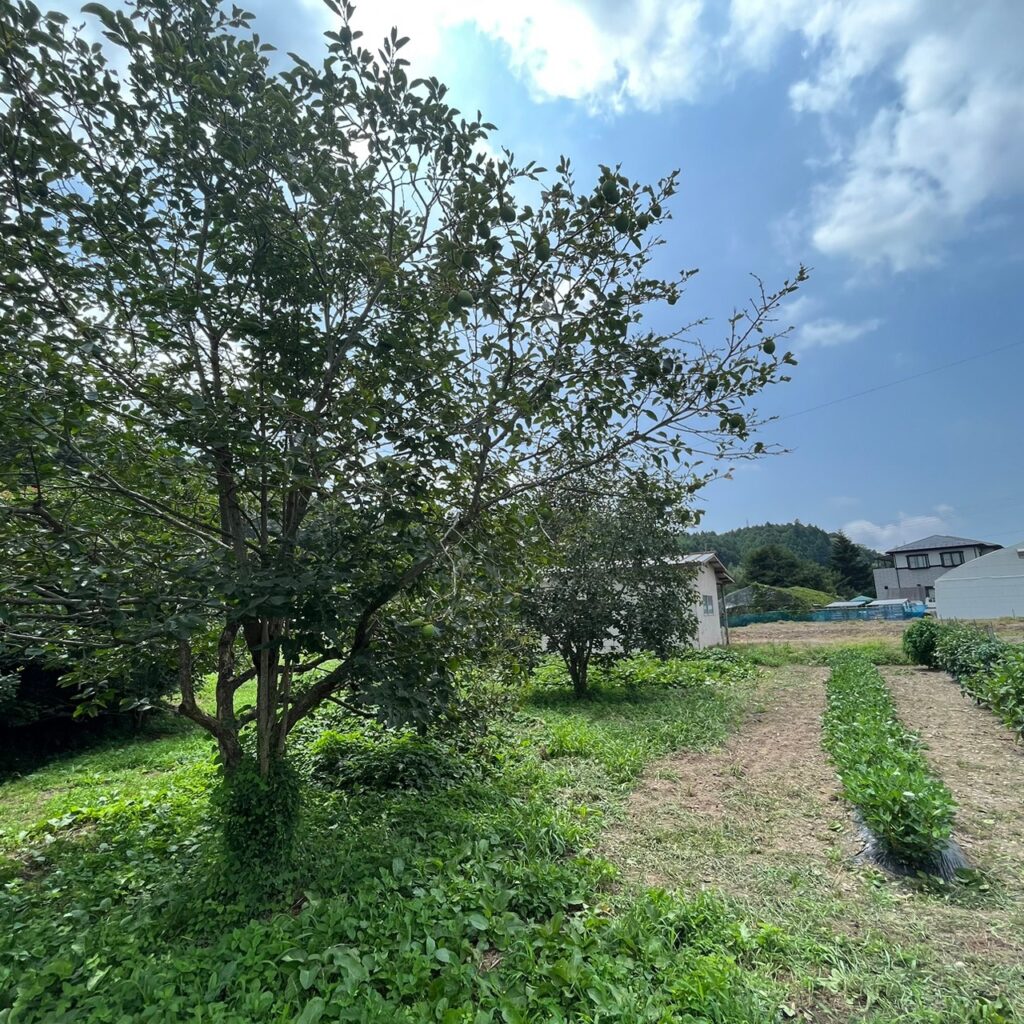
About
DAIS Ishinomaki is a place where we “continue to question circulative diversities.”
What kind of new learning platform will lead to the achievement of SDGs in contemporary society and the development of the next generation?
“DAIS” is an abbreviation for Diversity Art Interactive Studio. Perhaps it is a place where variety of people with diverse backgrounds intermingle and create something new?
The ones “continuing to question the circulative diversities” are everyone who wish to participate; from children to seniors, an inclusive community as a whole consisting of diverse local settlers and mobile populations; immigrants from abroad, technical trainees, ones with disabilities, local residents, artists, and so on. Alternatively, wild animals and agricultural products in the fields may also be considered participants.
Together with them, we are currently doing DIY renovation work on the site of an abandoned farmhouse at entrance area to the mountains of Ishinomaki City, Miyagi Prefecture, where artists from Japan and abroad can stay and create artworks =”DAIS Air”, and an outdoor theater where local citizens can participate, traditional performing arts and performance art = “CHODO-Festival”, and we are preparing to launch a complex facility that will include the “Museum of Living Memories”; a data library of The Great East Japan Earthquake Memorial Hall through citizens’ perspectives (a venue for workshops, storytelling, and permanent displaying of “Filed Trip Project & Field Trip Project Asia”), and “DAIS Farm” a communal farm field and a kitchen.
Rather than setting the goal of achieving a specific goal, we continue to ask questions, and while maintaining the awareness that we are always in the process, we move forward in a gradual cycle as it is and organically.
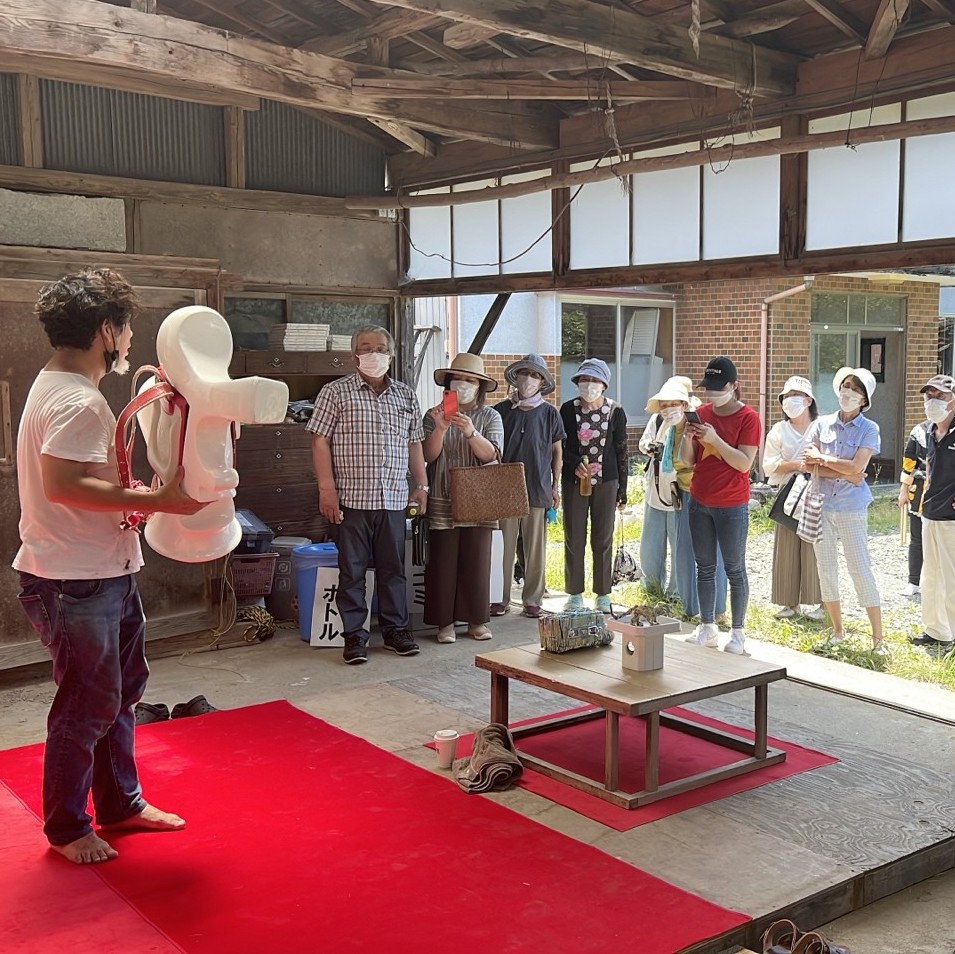
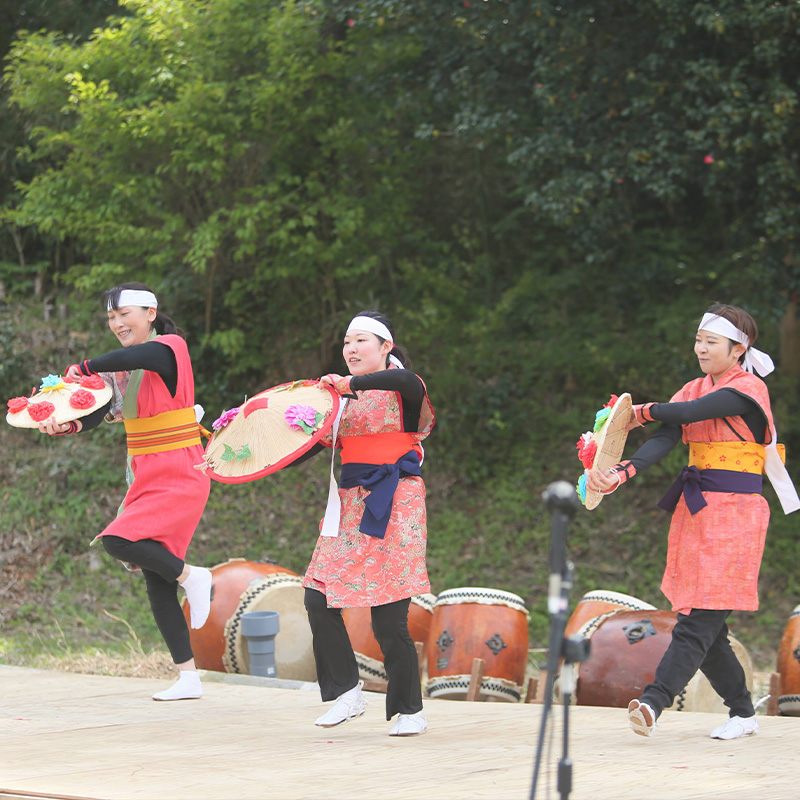
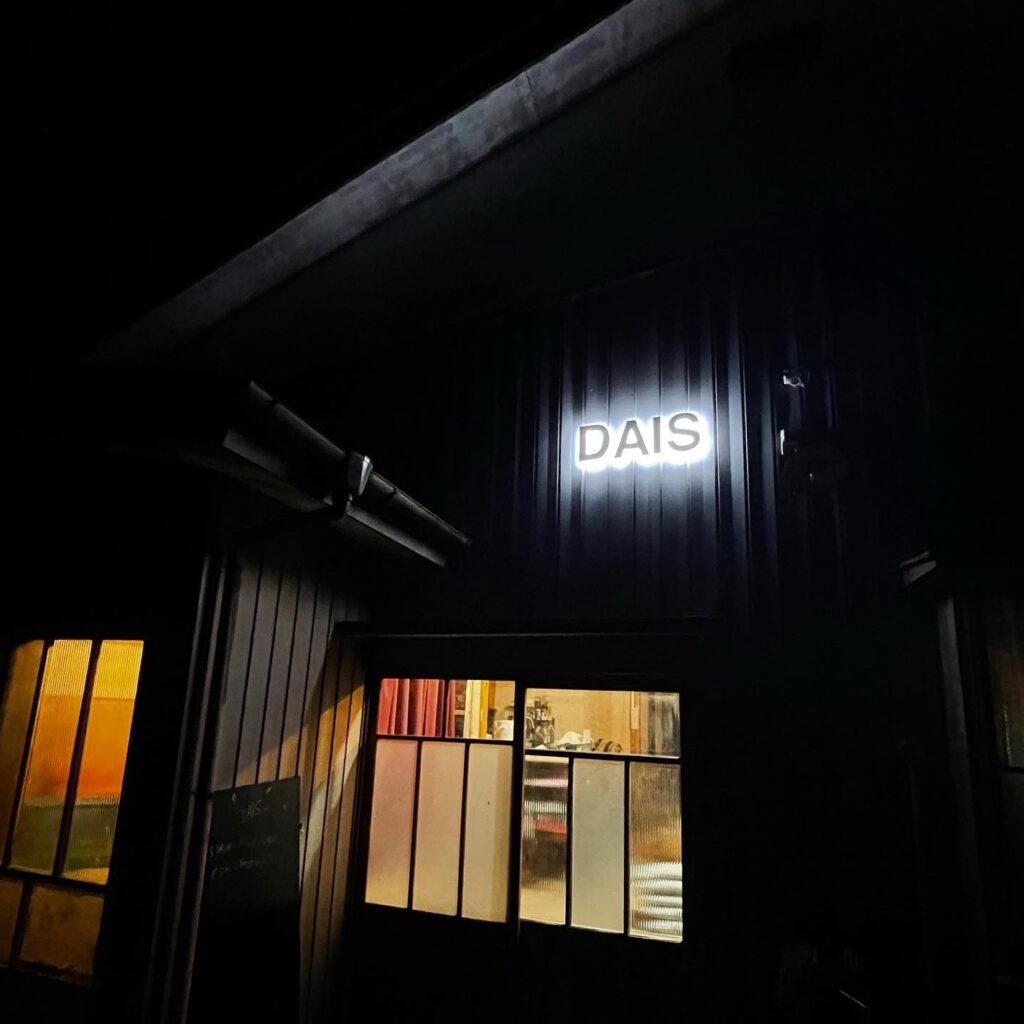

Contents
Diverse and Experimental Activities
DAIS ISHINOMAKI
DAIS Ishinomaki is located in Mano area of Ishinomaki City, where is a borderland between the plain fields of rice and other agriculture where humans live, and the mountainous region where a variety of wild animals and plants live.







